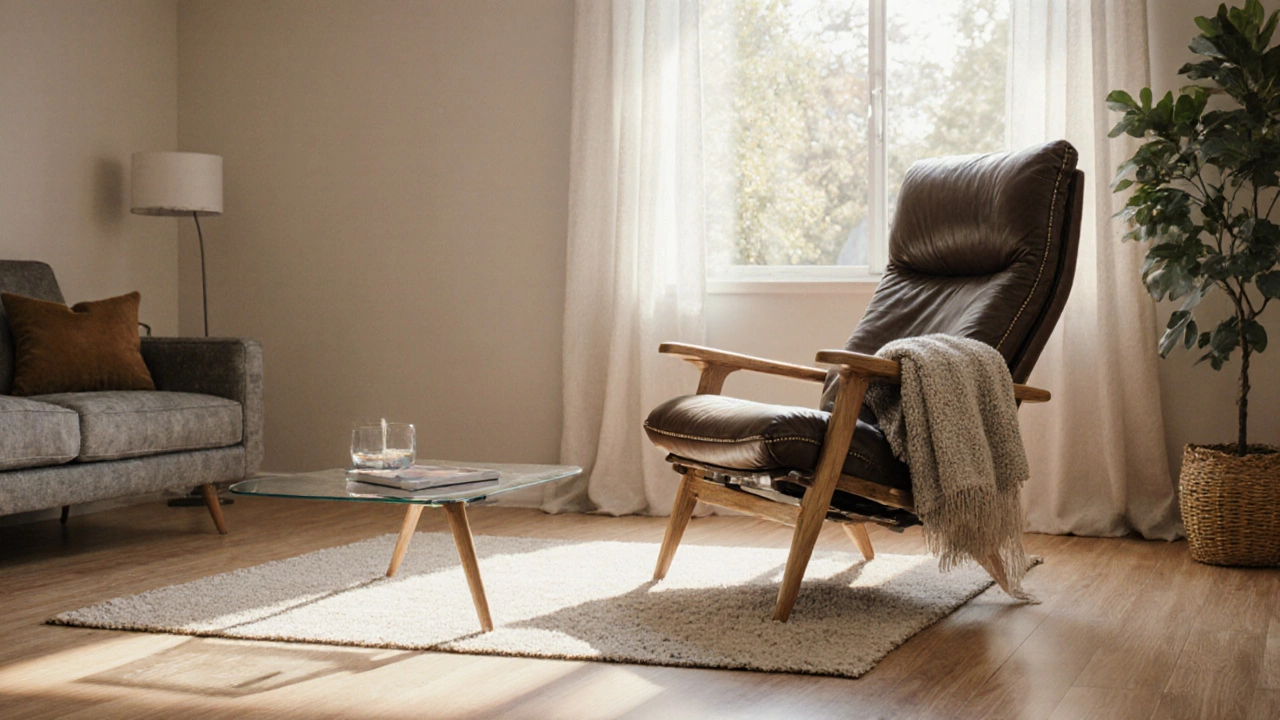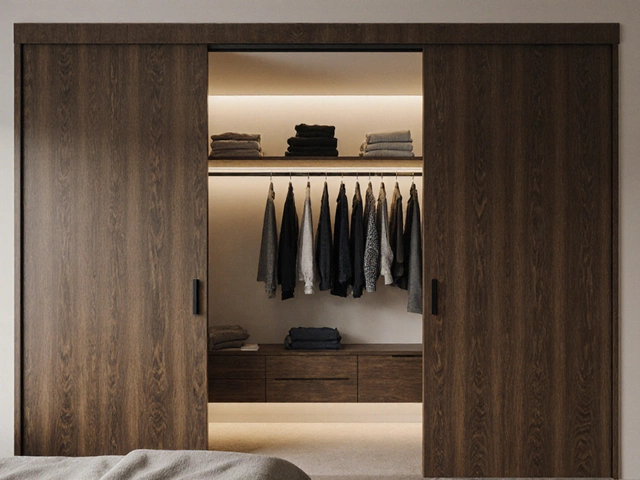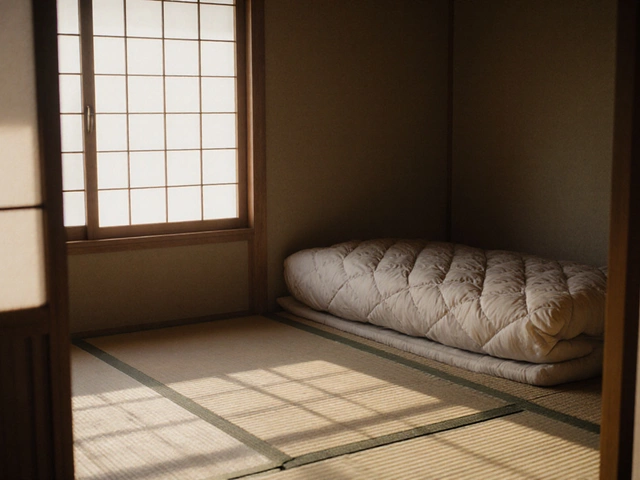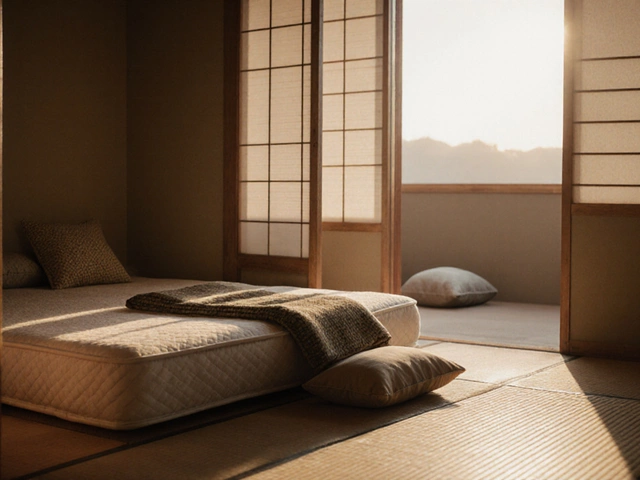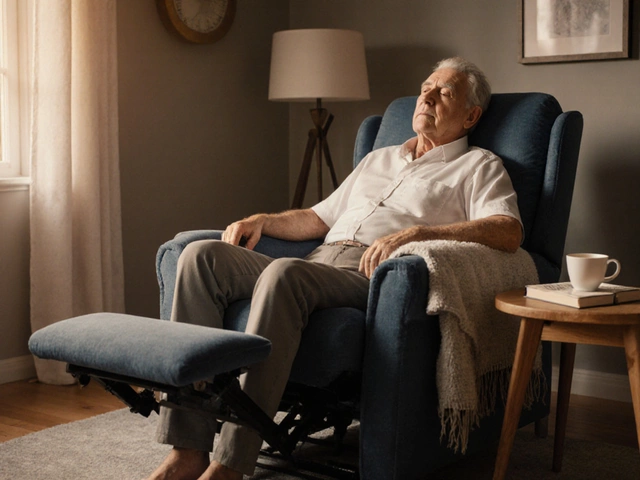Recliner Cost Factors: What Really Determines the Price?
When working with Recliner Cost Factors, the set of variables that shape how much a recliner will cost. Also known as recliner pricing, it helps shoppers break down a seemingly simple purchase into understandable pieces. One of the biggest influences is Materials, the fabric, leather, wood or metal that make up the chair, followed closely by Mechanism Types, manual levers, electric motors or hybrid systems that control the recline. Finally, Brand Reputation, how a maker’s history, warranty and customer service affect perceived value play a huge role in the final number you see.
Understanding recliner cost factors starts with material choice. Real leather can add $300‑$800 compared with synthetic upholstery, while a solid‑oak frame often costs twice as much as particle‑board. Next, the recline mechanism decides a big chunk of the budget: a simple pull‑chain may be under $100, but a quiet, battery‑powered motor with memory settings can push the price north of $1,000. Brand matters, too – manufacturers like La-Z-Boy or Flexsteel charge premium for engineered comfort and longer warranties, whereas lesser‑known makers may offer similar features at a discount but with limited after‑sale support. Custom options such as built‑in USB ports, heating pads or oversized cushions also raise the tally, because each add‑on requires extra parts and labor.
Why Warranty and Delivery Shape the Bottom Line
Warranty length is a hidden cost driver. A five‑year warranty often signals higher‑grade components and can justify a higher sticker price; a two‑year warranty might save you money upfront but could mean more out‑of‑pocket repairs later. Delivery fees add another layer, especially for bulky recliners that need special handling or stairs. Some retailers bundle delivery for free, effectively increasing the chair’s base cost, while others charge per mile, which can surprise budget‑conscious buyers. Looking at real‑world examples, our guide on Lazy Boy recliners shows how a popular model’s price jumps when you add power‑recline and a premium fabric, illustrating the combined effect of material, mechanism and brand.
Beyond the numbers, there are practical takeaways. If you’re happy with a manual pull‑chain, you’ll save a lot compared with a power‑recline unit. If you live in a rental and can’t install a heavy frame, a lighter material like veneer may be the smarter choice, even if it looks less “luxury”. And when a brand offers a solid warranty, that often translates to better resale value down the road. All these points tie back to the core idea that recliner cost factors encompass material choice, mechanism type, brand reputation, warranty and delivery logistics – each piece interacts with the others to shape the final price tag.
Below you’ll find a curated set of articles that dig deeper into these topics. From the truth behind Lazy Boy’s back‑support claims to real‑world reupholstery costs, our posts give you the facts you need to compare, negotiate and choose the right recliner for your home and budget.
Why Lazy Boy Recliners Carry a High Price Tag
Explore why Lazy Boy recliners are pricey, covering materials, mechanisms, manufacturing, dealer markup, and value tips in a clear, 2025‑ready guide.
